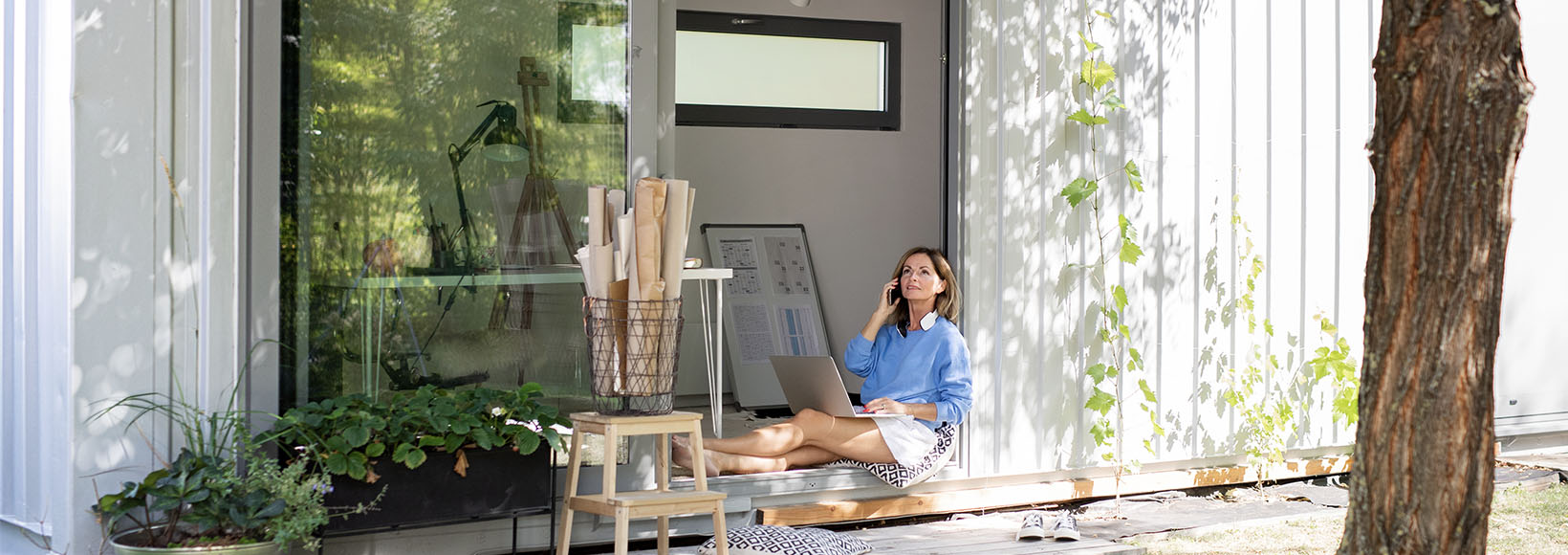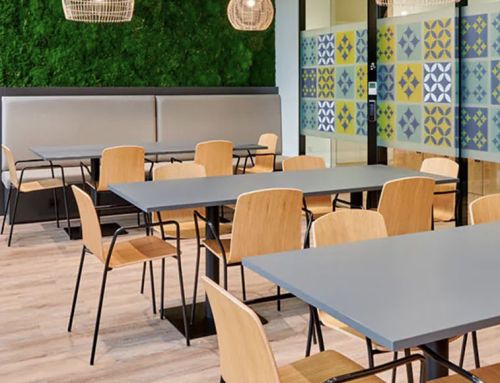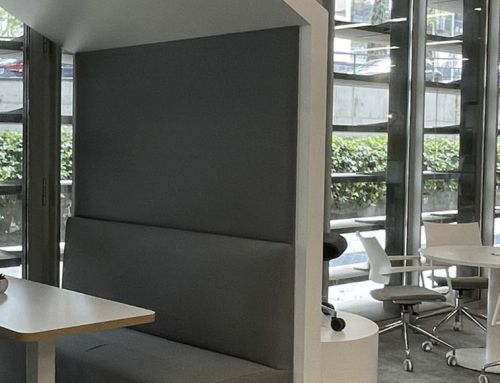Container offices are becoming increasingly common in urban and industrial environments as well as in the home, especially with the rise of teleworking. In many countries, it is not uncommon to see containers in the gardens of many homes set up as workspaces. These container offices provide their owners with a perfect setting for the home office, comfortable and at the same time with the privacy necessary for the optimal performance of their activity.
This concept is spreading. In London, for example, we can see a container office complex, the famous Containerville, with different workspaces as diverse as they are eclectic, and designed to create a community between small companies, entrepreneurs and start-ups. What do we see next to the canal? One container lined up next to another, and on top, a first floor stacked in the same arrangement.
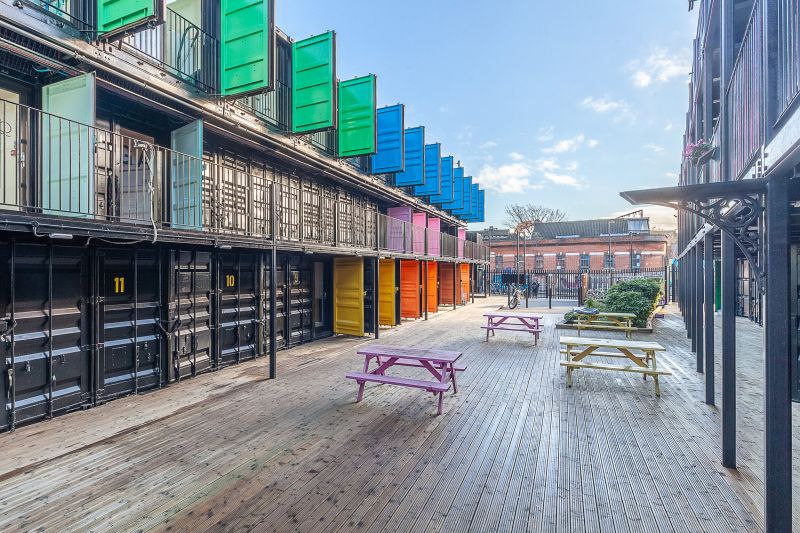
For some years now, the creativity of architectural firms has been showing us how containers can have a much longer life span than the shipping of goods, exploring new construction opportunities.
They began to be used in housing projects, but their use continues to grow with new functional possibilities. This is one of their advantages.
Advantages of container offices
Container offices allow a large number of architectural proposals, which are sustainable, resistant and economical.
Ecological factors, such as giving different uses to products instead of discarding them, together with other economic factors such as the lack of space in the city and the increasingly high cost of renting premises and offices, are some of the reasons why this type of construction is also growing as offices.
Container offices are not only a sustainable alternative – they are reusable and recyclable – and economical, but they are also very strong and durable.
Due to their high resistance, container offices are safe constructions. They can withstand very adverse weather conditions, so they are a good choice for locations with strong winds or earthquakes, for example.
A container has to be strong, which is why it is made of steel, a material that also cushions possible blows during transport. In addition, it already has a structured shape, which allows for quick construction. They are easy to set up and transport.
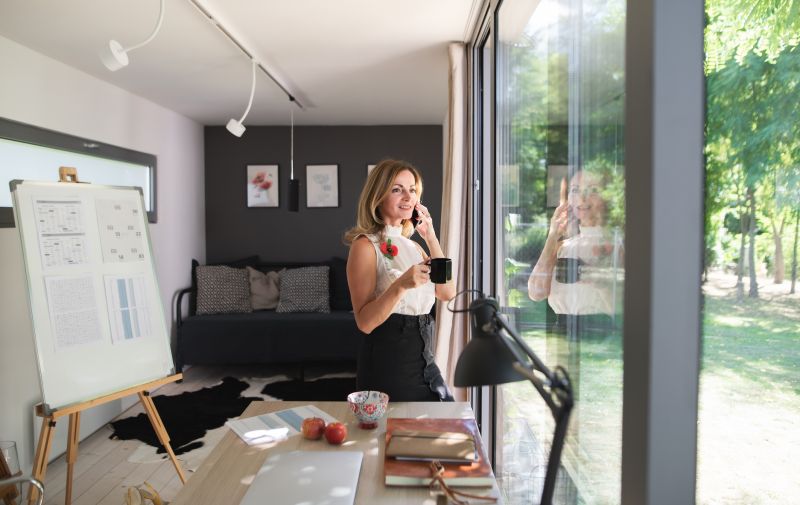
Customisation is another of their great advantages, as they offer the possibility of adapting the containers to the desired design for each office. They are modular, that is, they can be stacked and configured according to spatial needs, and they do not alter the land where they are installed.
An important advantage of container offices is that they are very flexible and versatile. It can be as simple an office as possible or designed for multiple workspaces.
Container offices, their disadvantages
In reality, there are very few disadvantages to container offices for entrepreneurs, small companies or start-ups. The most talked about is that they are cramped for shared use. In some spaces, in order to comply with habitability standards, a combination of several containers is needed.
On the other hand, in certain projects it is necessary to use new containers, usually when several heights are required.
If you have opted for this type of construction, take a look at Ofita’s modern range of office furniture, ideal for creating the perfect container office for your project.
